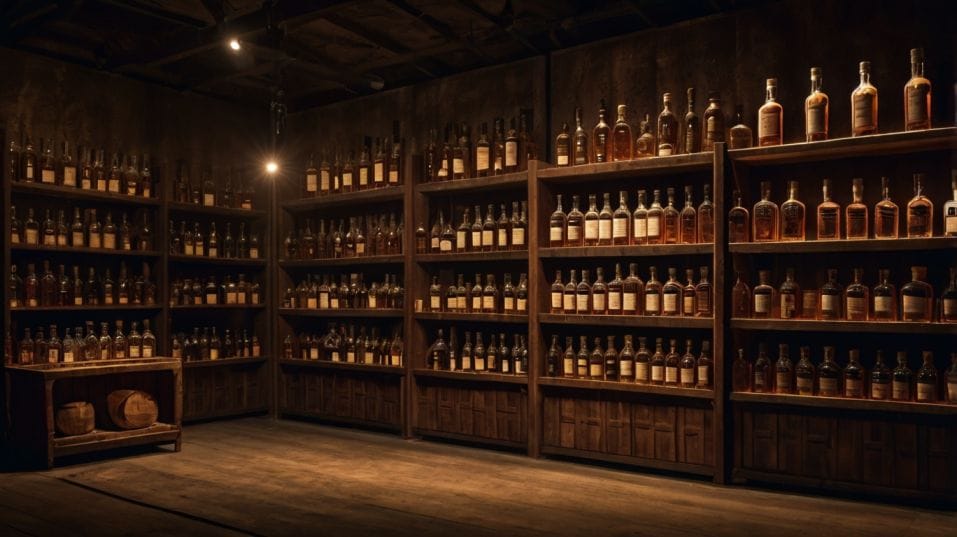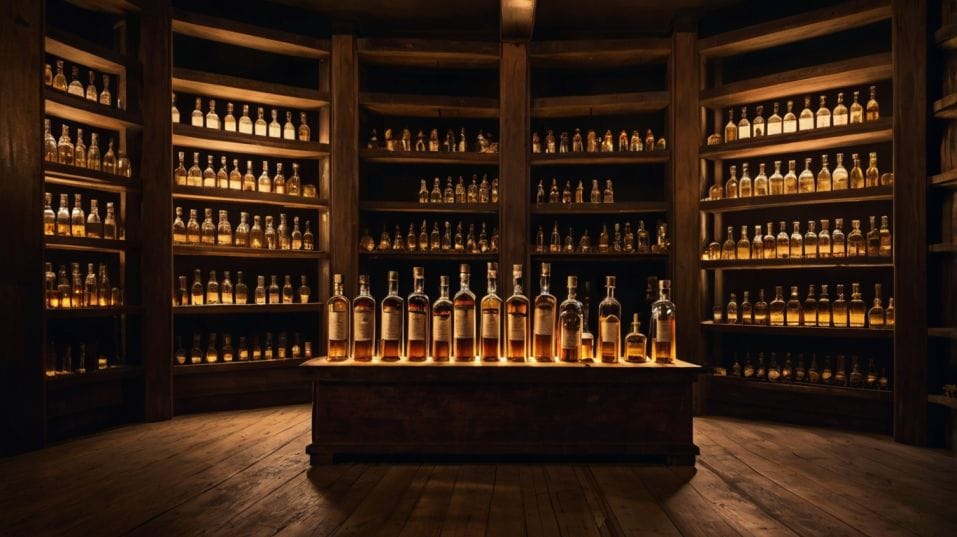A Beginner’s Guide to Whiskey Auctions
Curious about whiskey auctions? Learn how to spot hidden gems, taste history, and start bidding smart—no deep wallet required.

What if your next whiskey wasn’t just rare—but revealed a story lost to time? Auctions are where curious drinkers find more than just bottles.
They uncover flavors history forgot, labels time weathered, and techniques that distillers no longer use.
You don’t need deep pockets to dive in—just a sharp eye and a hunger to learn. Ready to trade the shelf for something deeper? Welcome to whiskey auctions.
Why Auctions Matter in Whiskey Culture
Whiskey auctions live at the intersection of collecting, tasting, and time travel. They’re where you find out what whiskey was like before mass production scaled up and flavor profiles got streamlined.
They’re also where bottles with real provenance trade hands—genuine vintage expressions, limited distillery releases, single cask oddities, and dusty bottles that never left a specific region.
Retail can only take you so far. Secondary markets can be a mess of inflated prices and shady sourcing. Auctions, at their best, provide structure. Clear listing terms.
Transparent bidding. Vetted bottles. You get access to not just the bottle, but the story behind it—and often, that story changes how you experience the liquid inside.

What You’re Actually Buying
You’re not buying liquid alone. You’re buying context. That means understanding the full anatomy of a bottle:
- Label wear and tear: Faded ink, peeling edges, missing foil—this tells you about the bottle’s journey, storage conditions, and authenticity. Sometimes a rough exterior hides an exceptional whiskey; sometimes it’s just a damaged collectible. Learn the difference.
- Fill level (ULLage): This is the air gap between liquid and cork. On older bottles, some evaporation is normal. But a low fill can mean poor storage, oxidation, or long-term degradation of flavor. Always check the level—especially on bottles over 20 years old.
- Tax stamps and import labels: These tiny details help you date the bottle and sometimes reveal where it was originally sold. A bottle intended for the Italian market in the ‘70s might taste different than a US release from the same batch.
- Provenance: Some auction houses provide this, some don’t. It means knowing where the bottle came from—private cellar, estate sale, restaurant stock—and whether that owner stored it right. The longer the chain of custody, the more questions you need to ask.
When you buy at auction, you’re investing in a moment. That moment might be a long-gone distilling technique. It might be a flavor profile the industry stopped chasing. Either way, you're buying with intention—or you should be.
The Tasting Advantage: Flavor as Archive
Auction bottles are not just museum pieces. They are drinkable history.
If you want to truly understand how whiskey has evolved over decades—how peat expression in Islay has changed, how bourbon’s sweetness has crept up, how cask management has shifted—auction bottles give you firsthand access.
Let’s say you buy a Glen Grant bottled in 1978. When you taste it, you’re not just sipping a 40-year-old Scotch.
You’re tasting a different barley strain, different yeast handling, different still shape, maybe even different cask wood sourced from forests that don’t exist anymore. It’s a layered, living artifact.
And no, not every old bottle is good. Some are thin, tired, or over-oxidized. That’s part of the learning curve. But every pour teaches you something—about what whiskey was, and what it’s trying to be now.
Reading Between the Bids: Value vs. Price
There’s a sharp difference between expensive and worth it. Some bottles fetch huge sums because they’re rare, not because they’re exceptional. Packaging, branding, hype—these drive numbers. But for flavor-focused buyers, that’s noise.
The smartest collectors aren’t just chasing names—they’re chasing eras, distilling methods, and liquid stories. That might mean:
- Silent distilleries (closed producers like Port Ellen or Rosebank) that offer a flavor style no longer made.
- Independent bottlings that captured special casks from name-brand distilleries but slipped under the radar.
- Overlooked vintages where weather, wood, or fermentation quirks created magic nobody marketed.
You don’t need to chase the top 1% of bottles to build a world-class collection. You just need to chase what matters to you. Know what kind of flavor you love.
Then use the auction as a map to find older expressions of that profile—before it became a trend.
How Auctions Actually Work
Every auction house runs a little differently, but there are core mechanics you should know:
- Timed auctions usually run 5–10 days. You place your bid online, set a max, and walk away. If someone else beats you, you get a notice. No pressure unless you want it.
- Extended bidding can catch you off guard. Many houses will extend a lot’s closing time if bids come in last-minute. Be ready for a long night if it’s a hot item.
- Buyer’s premiums are hidden costs you’ll pay on top of your winning bid—sometimes 10% or more. Always factor this in before you commit.
- Shipping and taxes vary wildly depending on where you live. Some countries tax imports heavily; others don’t allow alcohol shipping at all. Know the rules before you bid.
It’s worth watching a few auctions before participating. Track what bottles go for. Look for patterns. Which distilleries are overvalued? Which vintages get passed over? Build your instincts with data, not just excitement.
Post-Auction: Storage Isn’t Optional
Let’s say you win. Great. Now what? Now you protect the bottle. Light, temperature, and oxygen are enemies. Whiskey doesn’t age in the bottle, but it does deteriorate if exposed to the wrong conditions.
Keep it upright, in a dark place, with stable, cool air. If the seal’s weak, wax it. If it’s special, consider a wine fridge.
If your plan is to open the bottle, even better. But don’t rush. Let it rest upright for a week or two after shipping. Old corks are fragile. The whiskey inside may need air after opening, but too much exposure too fast can flatten the flavor.
Be patient. But also: don’t hoard forever. You didn’t buy a JPEG. You bought liquid. Drink it.
Final Thoughts
Whiskey auctions aren’t just a flex for collectors. They’re a shortcut to deeper knowledge, sharper taste, and bottles that carry real stories.
You don’t need a fortune. You need focus. You need curiosity. You need to treat each bottle not as a trophy, but as a teacher.
So start watching. Start reading. Start bidding small if you want—but bid smart. Choose bottles that match your flavor curiosity. Ask what they can teach you. Then open one, pour slow, and listen to what it says.
Don’t wait for permission. Build your own whiskey archive, one confident choice at a time. Start today.




